Daylight shot
This is the jpeg from the camera. It has had a colour cast correction based on the clouds to the left of the frame, been slightly desaturated and the perspective has been corrected.
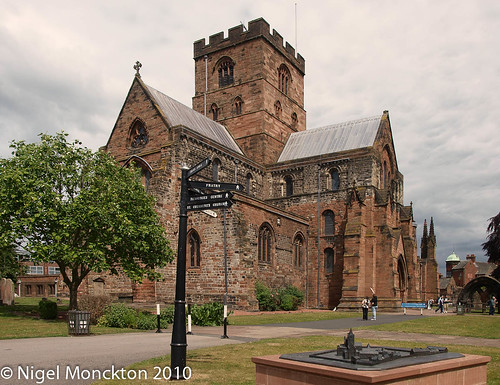
This is the jpeg as produced from the RAW file. The file showed blinkies in the shadows under the arch to the right of the picture.
Contrast was reduced slightly, a manual white balance based on the same clouds as before, then a curves adjustment to lift the dark shadow under the arch, and the mid tones have been lifted slightly. The perspective was corrected in jpeg.
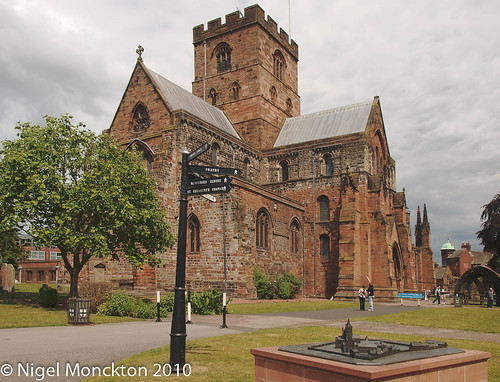
Given that the white balance was taken from the same patch of gray cloud this shot is somewhat more yellow in the grass and stonework than the direct jpeg. It also shows more fine detail in the shadow areas and at full size more subtle shading detail in the clouds.
Whether the extra detail in the shadow in this shot is worth the additional effort is questionable – however for a shot with much more shadow this might become a deciding factor in the use of RAW.
High dynamic range shot
This was taken from the opposite side of the dark arch, towards a sky with a lot of thin backlit cloud. It as taken with –0.7 stops exposure to retain detail in the sky. White balance was taken at auto and left unchanged in development.
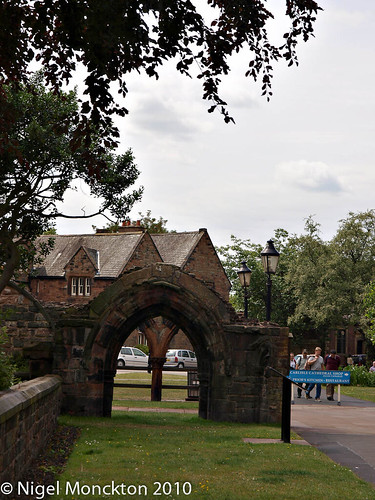
This one is the camera jpeg. The brightness and contrast were reduced very slightly using the sliders in Photoshop Elements, then the mid tone pointer in the level box was adjusted to 1.44. Finally sharpening at 30%/100px was applied. This approach retained some reasonable detail in the clouds, but the overall picture is still quite dark.
Note that the version of PSE I am using does not have a curves adjustment.
This version produced from the RAW file shows a lot more detail in the cloud, significantly improved shadows and even brings life back in to the trees.
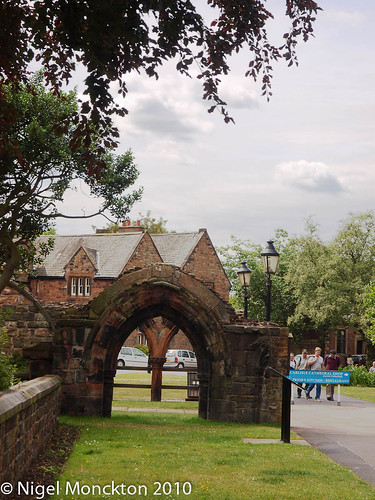
My first attempt at this image produced an image noticeably worse than the out-of-camera (OOC) jpeg, with a very complex curve adjustment. However, the benefit of the mid-tone slider in the levels box on the OOC version suggested an alternative approach, so I went back to the RAW file and tried simply reducing exposure by 0.1EV, lifting the centre portion of the curve and then pulling down the top end to return detail to the clouds.
This is a significant improvement on the OOC version.
Artificial Light
As noted in the intro I resorted to using candles as the artificial light source. The shot was taken at ISO400 and with incandesent light balance (3000K)
This is the OOC jpeg with the colour cast corrected for the base of the 2nd candle in the top row. The mid-tones were lifted using the levels slider to 1.23
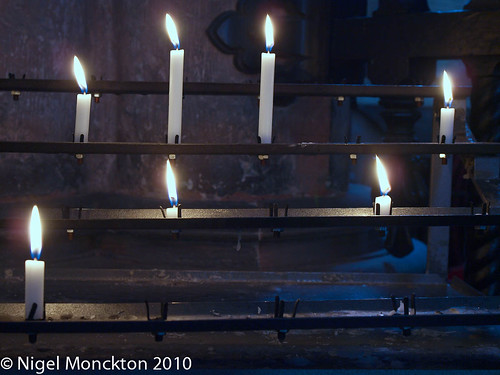
The areas where the daylight through the windows falls a have a clear blue cast. The mid-tones were lifted using the levels slider to 1.23, which enhances the feeling of ‘light in the dark’.
This is the version from the RAW file. Again a simple lift of the middle portion of the curve lifts the mid-tones without affecting the highlights adversely. The white balance, from the same spot as above produces a more ‘neutral’ effect, with some yellow around the candles and the areas of pronounced blue tinge much less extensive.
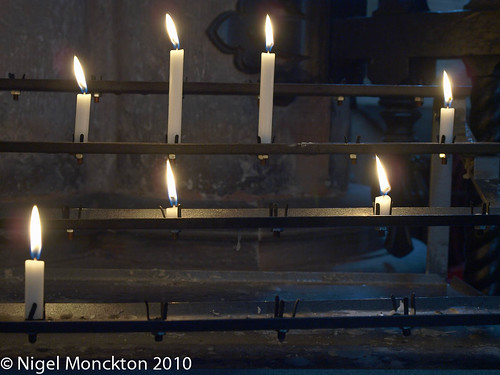
This is still not close to the way it appeared to the naked eye, but it does appear more natural. Whether this is the desired effect is a matter of artistic judgement. On balance I prefer it because of the extra warmth.
Both versions show some noise in the lifted mid-tones, as might be expected from the outcome of previous exercises.
Conclusions
Much is made of the benefits of RAW shooting in photographic forums and magazines., although there are always people to defend/argue the merits of jpegs. In the case of simple daylight shots it is arguable that there is much merit in the extra work that RAW entails – however in high contrast, or oddly it scenes it clearly offers much more control without adversely effecting quality.
I have been a RAW shooter for some time, and although this exercise has highlighted the relatively small gains to be had in normal circumstances, I prefer the safety net of the RAW file and will continue shooting that way.



No comments:
Post a Comment